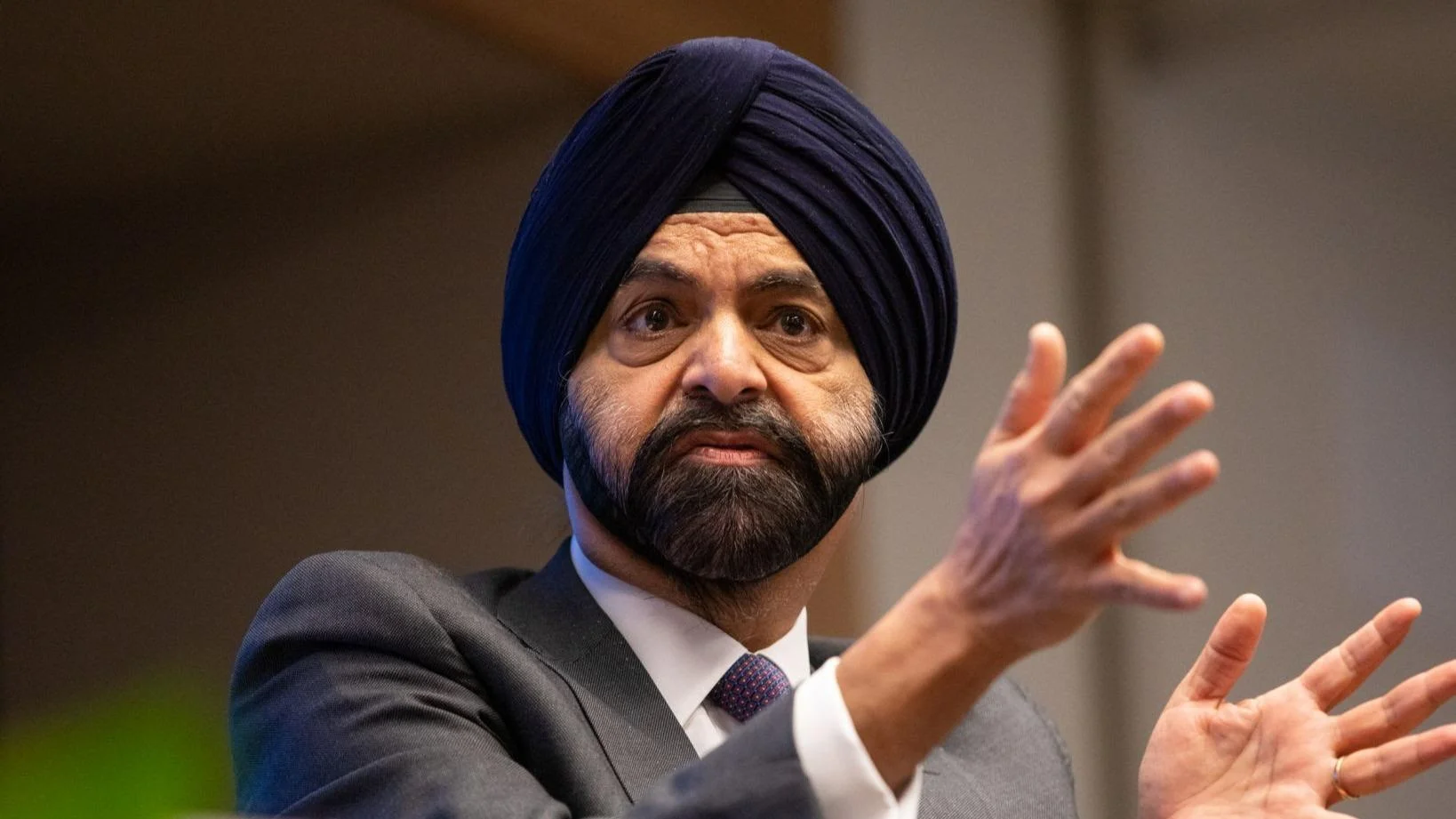A recent World Bank report highlights both advancements and persistent hurdles in the development of social protection and labor systems across low- and middle-income countries. The report, using data from administrative and household surveys, indicates that social protection coverage reached 4.7 billion individuals in these regions over the past decade, notably spurred by efforts during the COVID-19 pandemic.
Despite these achievements, The State of Social Protection Report 2025: The 2 Billion-Person Challenge reveals a major gap: three in four individuals in low-income countries remain without access to social services, translating to about two billion people lacking adequate coverage. At the current rate of growth, full coverage for those living in extreme poverty is projected to take another 18 years.
Social protection encompasses more than merely providing direct cash or material support. It involves policies and initiatives that tackle skill, financial, and information disparities. The essential elements of social protection—social assistance, social insurance, and labor market programs—are vital in helping households and workers handle crises, escape poverty, navigate life transitions, and seize job opportunities.
Iffath Sharif, Global Director for Social Protection and Labor at the World Bank, emphasized, “Well-designed social protection programs empower people, helping them move out of poverty and become self-reliant. They prevent pulling children out of school or selling productive assets when shocks occur. They also help women start small businesses, or young people acquire the skills needed to secure their first job. These programs help people thrive, and that in turn benefits their communities and their economies.”
The COVID-19 pandemic showed the significance of emergency social protection, reaching 1.7 billion individuals in developing countries. Nations with pre-existing strong delivery systems managed better responses, highlighting the importance of proactive investment.
However, the distribution of social protection benefits is uneven. In 27 analyzed countries, women receive 81 cents for every dollar claimed by men. Populations without access are mostly found in fragile, conflict-prone, and hunger-ridden areas in Africa, South Asia, and the Middle East.
The report demonstrates that social services and labor initiatives can greatly improve employment opportunities for the economically disadvantaged, yet their impact is diminished due to insufficient funding and lack of bespoke designs.
The report suggests three policy actions, customizable to each nation's context, capacity, and financial constraints: expand coverage by investing in infrastructure like databases, digital payments, and case management systems; tailor support to promote self-reliance, especially in middle-income nations; and build shock-responsive systems through robust data, payments, and early warning mechanisms for employment stability during crises.
Funding for these recommendations could be bolstered by optimizing existing resources—such as reallocating cash transfers from the wealthy to the impoverished—which could finance nearly half the cost needed to provide social protection to the bottom 20% of the population.
The report warns that the cost of inaction amid a rapidly changing world will likely surpass that of investment, resulting in lost opportunities, exacerbated inequalities, and reduced resilience for future generations.
The full report, The State of Social Protection Report 2025: The 2 Billion-Person Challenge, is available for download. More data can be accessed through the World Bank's Atlas of Social Protection Indicators of Resilience and Equity (ASPIRE).

